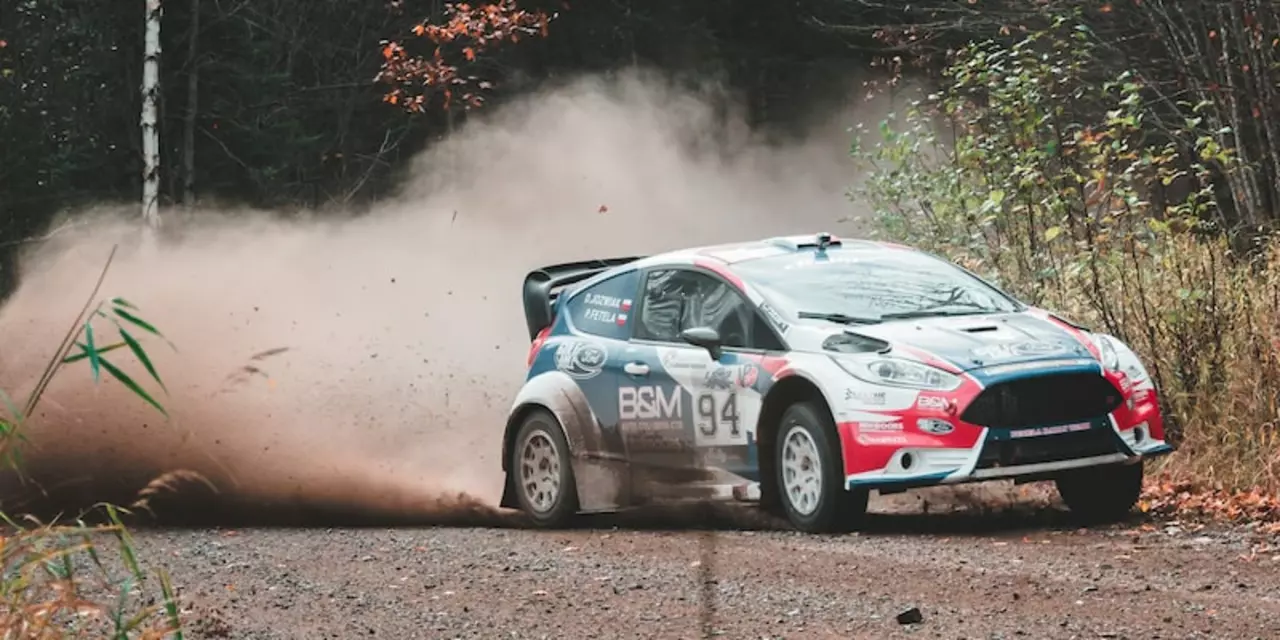Sticks in Rally: Why Manual Gearboxes Matter
If you’ve ever watched a rally car zip through mud and wondered how the driver keeps the engine in the sweet spot, the answer is often simple – they’re using sticks. In rally language, "sticks" means a manual transmission, the kind that lets you pick each gear yourself. This gives you control, feel, and the ability to react instantly to changes in terrain.
Unlike a automatic that decides for you, a manual lets you keep the revs high when you need power, and stay low when the surface is slick. It’s the difference between a car that dances on a gravel road and one that stalls at the first corner. That’s why many rally fans and drivers swear by sticks – they turn a fast car into a fast car that you can actually drive.
Why Sticks Boost Rally Performance
First, sticks let you match engine torque to the grip you have at any moment. On a loose dirt stretch, you want the engine humming at a higher rpm, so you stay in a lower gear. When the road smooths out, you shift up to keep the speed up without over‑revving. Second, manual gearboxes are lighter and more robust than many automatics, which means less weight to carry over bumps and less chance of a failure in the middle of a stage.
Third, the tactile feedback from a stick shift helps you sense how the car is behaving. You feel the clutch bite, you hear the engine change, and you can adjust on the fly. That feedback loop is priceless when you’re ripping through a forest stage and need to stay focused.
Tips for Shifting Like a Pro
1. Practice the clutch bite. Find the point where the clutch engages and make it a habit to hit it quickly. In rally, every millisecond counts, so a smooth bite keeps the car stable.
2. Double‑clutch on downshifts. When you need to drop to a lower gear, press the clutch, shift to neutral, release the clutch, give the engine a quick blip, then press the clutch again and drop into the lower gear. This matches engine speed to wheel speed and prevents the rear from locking up.
3. Listen to the revs. Your ear is often more reliable than a gauge. If you hear the engine screaming, shift up. If it groans, shift down. Trust the sound.
4. Use the heel‑to‑toe technique. While braking, roll the right foot from the brake pedal to the accelerator. This keeps the engine revs up and reduces the chance of a stall when you straighten the car out.
5. Stay relaxed. A tense grip on the stick makes you slower. Keep your hands light, and let the car do the work.
Remember, the best way to get good with sticks is to spend time in a safe environment. Find a local track or an empty parking lot, run through the gear pattern, and focus on timing. As you get comfortable, you’ll notice your confidence grow on real rally stages.
In the end, sticks aren’t just a piece of hardware – they’re a tool that lets you shape the car’s behaviour. Whether you’re a rookie or a seasoned driver, mastering the manual gearbox can make your rally experience more exciting and more under your control. So grab the stick, feel the clutch, and start shifting your way to faster, smoother rally runs.

What are the 2 sticks used by the driver in a rally car?
The article discusses the two sticks used by the driver in a rally car. The first stick is the gear lever, which is used to change gears. The second stick is the handbrake, which is used to slow the car down in tight corners and when the driver needs to make quick changes of direction. It is also used to hold the car on a hill or when the car is stationary. Both sticks require skill and precision to use effectively, and mastering them can be the difference between success and failure in a rally.